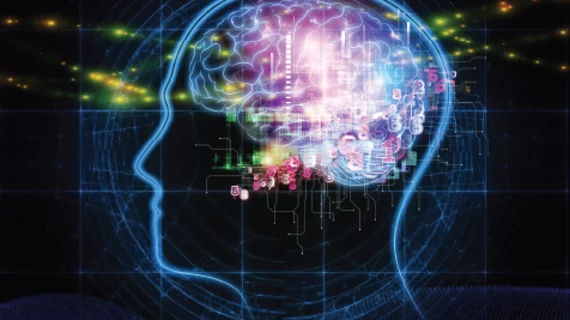Gadolinium accumulates in cerebrospinal fluid after patients undergo gadobutrol-enhanced imaging
Gadolinium accumulates within the cerebrospinal fluid (CSF) of patients exposed to gadobutrol, according to a new study published in Radiology. The accumulation, the authors noted, was observed in patients with normal renal function and intact blood-brain barriers (BBBs).
The study included a mix of adult and pediatric patients who underwent lumbar puncture from June 2016 to December 2016 and then underwent MRI, including being exposed to gadobutrol, within 30 days. Patients in the control group underwent the lumbar puncture, but not the MR imaging.
Overall, gadolinium was detected in the CSF of all patients who underwent MRI and were exposed to gadobutrol. Patients 18 years old and older were associated with more gadolinium accumulation.
“Elemental gadolinium within the CSF was detected in both adult and pediatric patients, in patients with normal renal function, and in patients with both normal and compromised BBB,” wrote author Jennifer S. McDonald, PhD, department of radiology at the Mayo Clinic in Rochester, Minnesota, and colleagues. “Gadolinium concentrations were significantly lower in patients with normal BBB compared with patients with factors associated with compromised BBB, and in pediatric patients compared with adult patients. Significant correlations between CSF and serum gadolinium concentrations were observed.”
The authors added that gadolinium accumulation in patients with an intact BBB has “substantial clinical and pharmacologic implications” regarding gadolinium-based contrast agents (GBCAs).
“Although the exact mechanism of GBCA flux through the CSF remains poorly understood at this time, it is likely that the choroid plexus (the site of CSF production through ultrafiltration of the blood), arachnoid granulations (the sites of CSF reabsorption), and the glymphatic system (a newly rediscovered mechanism of CSF and lymphatic-like drainage through the neural interstitium) all play a role in both CSF and central nervous system gadolinium biodistribution,” they wrote.

